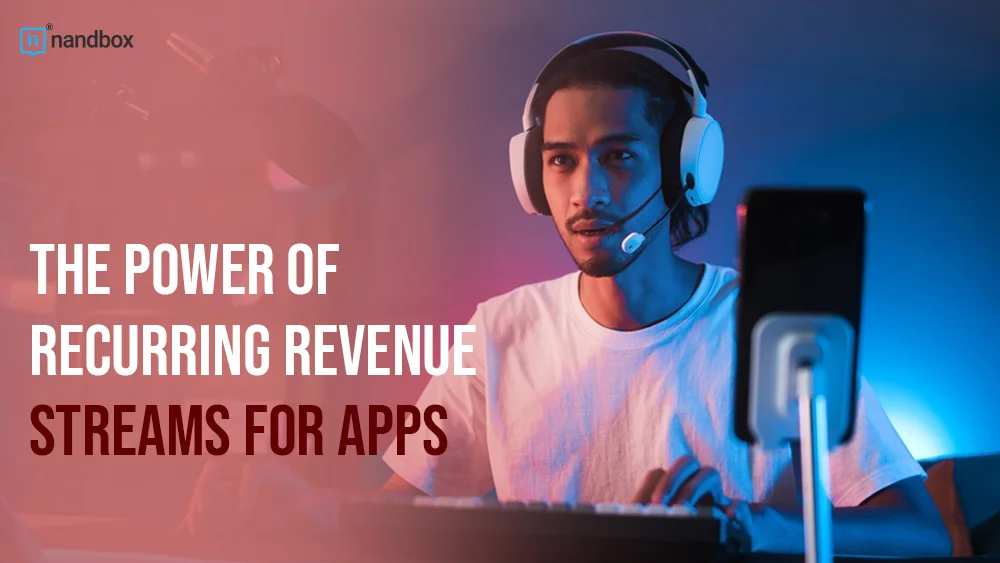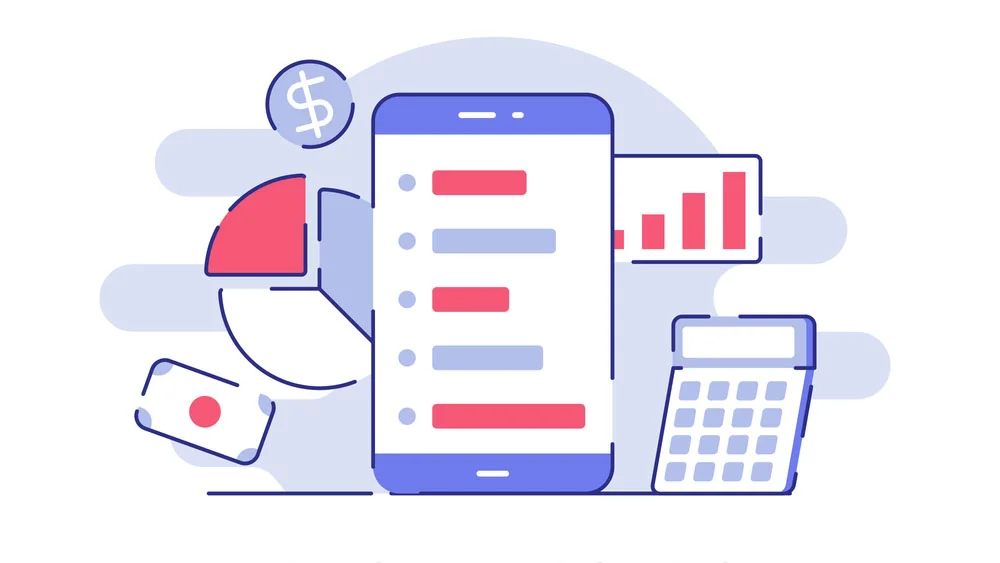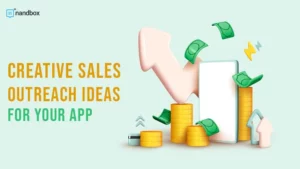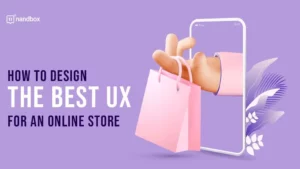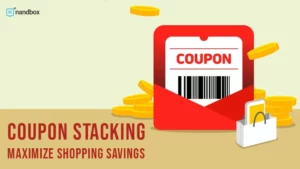Recurring revenue streams for apps is crucial. It’s understandable why marketers and developers are putting more of an emphasis on in-app purchases and paid subscriptions than on download prices. One-time download costs are useful, but recurring revenue is what keeps you afloat. For non-gaming apps, subscriptions are frequently the preferred method of recurring revenue. 95 percent of the top 100 apps in this genre offered subscriptions as of September 2019. 19% of all app experts say they use a paid service for apps that aren’t games.
In-app purchases are the main source of recurring income for game makers. It makes up the majority, if not all, of the monetization technique in close to 80% of games. Non-gaming apps are also using in-app purchases more frequently; 50% of all app revenue now comes from this method. What’s the right strategy for you? It all depends on how users interact with your app and what motivates them to return. Here are some helpful tools.
Revenue Streams for Apps: A Quick Overview
If your app’s users are the body of your app, then revenue streams are the beating heart that keeps it alive and active. You must consider what value each customer segment is genuinely willing to pay for. When that issue is satisfactorily addressed, your company is able to produce one or more revenue streams from each client segment. Each source of income can use a different pricing strategy, like fixed list prices, haggling, bidding, pricing that depends on the market or volume, or yield management. A business model may include transactional revenues from one-time payments from customers (such as sales) or it may contain recurring income (e.g., a subscription).
Revenue Streams for Apps: Steps to Follow
Recurring revenue streams are a powerful and reliable way to get your app’s income growth. With the right subscription models, in-app purchases, and other offerings, you can create a consistent source of income that keeps growing over time. There are several steps to take in order to generate the right revenue stream for your app. Read below to understand the steps you should take to increase your revenue streams.
Offer Value on a Monthly or Annual Subscription Basis
One of the most common and profitable ways to get recurring income is to offer a subscription that users can buy on a monthly or annual basis. This gives users access to premium features, content, or services for a certain fee that’s charged automatically on a regular basis. To maximize your potential revenue from subscriptions, look for ways to offer value that keeps users coming back month after month.
Provide In-App Purchase Options for Bonus Features
You can also use in-app purchases for recurring revenue streams, which let users buy special features or rights, in addition to subscriptions. This gives you another way to make money and opens up new ways for people to interact with your app in a meaningful way. Whether it’s a virtual currency, game enhancements, bonus level access, or other special content, you can use this monetization approach to target the behaviors and interests of customers who are invested in what your app has to offer.
Use Ads to Promote Your App and Services
Ads can be an effective way to promote your app and drive more downloads. You can use Facebook, Instagram, and Twitter to reach people who might be interested in your app by making ads that appeal to them. Additionally, you can use Google Ads or other online advertising options to reach customers who are actively searching for the types of services or products you offer. With this approach, you’ll have more control over who gets exposed to your ad messaging and in what locations they’re served up.
Take Advantage of Referrals and Rewards Strategies
One of the best ways to increase your recurring revenue streams for apps is to use referral and rewards strategies. Through this strategy, you can encourage existing users to download your app and share it with their friends and family. As an incentive, you could offer rewards or discounts if they take the desired action, such as referring someone who downloads your app. Additionally, loyalty programs are a great way to give customers incentives for coming back to your app again.
A/B Test Your Pricing Structure to Find the Optimal Price Point
A/B testing your pricing structure can help you determine the most successful price point for your app and its features. This process involves running two different pricing experiments with slightly different terms in order to determine which is more effective in triggering conversions or monetizing users. It’s important to remember that not all customers will opt for the same price points, and certain offerings may work better than others. A/B testing is a great way to find out what works best for your app and customer base.
Tools to Help You Increase Revenue Streams in Apps
There are several tools that can be used to increase your app’s revenue streams. These tools include revenue tracking, planning for customers’ or users’ journeys, and product engagement. Read below to dive into the details of each and every tool.
Revenue Tracking for Your App: Marketing Performance
Knowing which channels are functioning best and generating the most revenue is crucial because there are so many different methods to communicate with your users. Which social media posts or emails are causing users to download an app or subscribe? Which audience groups and where are consistently interacting with your content? Answer these questions with the research you’ll conduct, and you’ll have the perfect chart for your marketing performance!
Track Your In-App Activity
Recurring revenue streams can be created through marketing or by having your program sell itself. Consider the freemium business model. Consumers can download your app for free and use its fundamental features without spending any money. You can charge for additional functionality in the form of in-app purchases. Provide a comprehensive subscription option for your users as an additional strategy. Access to cutting-edge features and exclusive material are two examples of strategic offerings. You need to know who is using your app and follow their paths to purchases inside the app to see what can spark interest in that.
Already Planned Customer Journey
The better you understand a user’s behavior when using your app, the more effectively you can promote it to them and persuade them to subscribe. That’s where Customer Journeys come in.
When they see a benefit, people will purchase subscriptions and in-app items. By using customer journeys, you can determine when that value will be most obvious to consumers and offer purchases at precisely that time. Finding out who your users are should be your first move. This part could be implemented through your email marketing campaign for your app’s promotion and publicity.
App’s Engagement Rate
You should look out for your app’s engagement rate to track down your revenue stream rate. This will help you know exactly what your users are loving, using, and going back to from time to time. With that information in mind, you’ll be able to measure your engagement rate, thus increasing your revenue by focusing on what appeals most to your app’s users.
Types of Recurring Revenue Streams in a SaaS Platform
SaaS companies can earn recurring revenue streams in a variety of ways. Consider the advantages and disadvantages of each revenue model.
Charges Based on Usage
With a usage-based subscription, you charge clients on a regular basis depending on how much they use the product. The benefit of the usage-based model is that customers save money when they don’t use the product as frequently, which should keep them from canceling their membership. Take Stripe for an example. Stripe charges consumers based on successful transactions, or usage.
Their billing is really simple and straightforward for clients, which is critical for this type of approach. This approach is perhaps good for clients, but it comes with major drawbacks for your business. It is difficult for businesses in general to estimate revenue because revenues are dependent on a user’s or a customer’s usage. But, if the consumer exceeds their typical usage and increases their usage expenses, there may be some unanticipated cash flow rises.
Subscriptions That Are Tiered
Each tier offers a varied price for a collection of features that can be used by a variety of consumers, from those who only need the most basic functions to those who want all the extras.
Users have a lot of freedom thanks to tier pricing because they can change their plans as much as they’d like. Great up-selling chances and knowing where clients find the most value in the product are additional benefits for suppliers.
Offering more tiers might be challenging to manage if users want to personalize plans or add extra items or services, so keep that in mind if you want to rely on tier-based subscriptions as a source of revenue streams for apps.
Billing Based on Users
The quantity of customers using the product in this case generates income. The term “per seat” subscription model also applies to this method of pricing. It simply works by raising the charge per additional user when customers add more users to their accounts. If you want to charge per active employee and are targeting organizations with large teams, choose this model. Tools for team collaboration and CRM (Customer Relationship Management) are best suited for user-based charging.
Billing in a Hybrid Environment
Using the hybrid billing approach, businesses can use as many different billing combinations as are suitable for their operations. Take Zendesk as an example, it offers a variety of annual plans with a vast mixture of features. Additionally, each subscription level also charges per user and offers greater personalization as you go up the levels. So, we may agree that they integrate SaaS pricing structures based on users, features, and per feature.
With this pricing, people have more alternatives and receive greater value because they may select exactly what they require. Pricing that is in line with the perceived worth of the product is the major advantage here. Consumers believe that products with more specialized feature sets are more valuable. Maintaining and communicating pricing to clients during the sales process, however, can become challenging. Generally, if you can’t profit from one sort of recurring revenue, our recommendation is to use a mixed strategy.
Freemium Business Model
Customers can get free plans indefinitely under the freemium model, in addition to various premium subscription plans. This strategy is advantageous since it allows anyone to begin using your product and see the initial benefit without investing in anything. There’s a chance they’ll grow addicted to your product and utilize it so much that they’ll have to become a paying customer.
Yet, because some consumers will continue to use your free plan indefinitely, it may not be the best answer for every SaaS company. The freemium model works well if users can conduct basic tasks for free and see what their options would be if they switched to paying plans.
A freemium business model can cost a lot to maintain over time. You cannot recoup the costs associated with high consumption if you have a sizable customer base that does not pay for your service. Consider using the freemium model primarily for marketing purposes, and work hard to convert consumers to the free plans by emphasizing all the advantages of the paid plans.
Final Thoughts on the Topic
Now that you know the power of recurring revenue streams for apps, let’s discuss how can you build an app to achieve everything you read above through it. nandbox which is the only native no-code app builder in the market, offers you the easiest no-code solution. A hassle-free way of developing an app from scratch in a very short period of time. With an easy and simple drag-and-drop feature addition method, we guarantee you an obstacle-free development process. Sign up now and bring your app idea to life with us in no time!

